Nano-Titanium Oxide Used In Sunscreen Cosmetics
Ultraviolet radiation is a type of light wave that can damage the human body when exposed to sunlight. Excessive exposure to UV rays can cause skin pigmentation, skin ageing and skin cancer. In recent years, research into sun protection cosmetics has become a focus given the growing public awareness regarding ultraviolet radiation and health care. VK-T02, derived from Nano-Titanium Dioxide, is used as a sun protection agent because of its high refractive index and photoactivity.
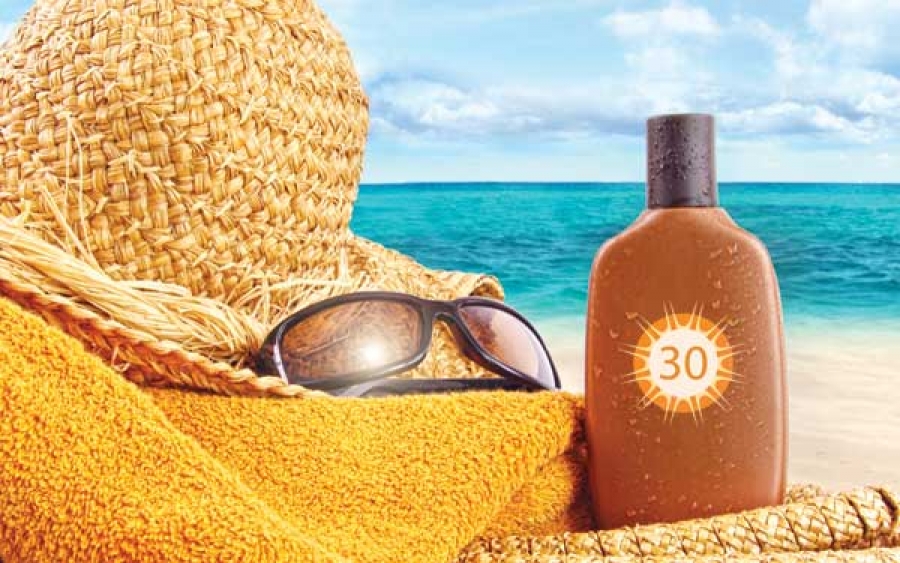
Protective Mechanisms of Nano-Titanium Dioxide Materials
Ultraviolet rays are divided by wavelength into the short-wave range (190–280 nm), the medium-wave range (280–320 nm) and the long-wave range (320–400 nm). The short-wave range has the highest energy and is blocked by the ozone layer. Consequently, harmful effects on the human body generally stem from the medium and long-wave ranges.
The high UV resistance of VK-T02 from Nano-Titanium Dioxide results from its high refractive index and photoactivity. The mechanism depends on particle size. For larger particles, UV rays are mainly blocked by reflection and scattering. This applies to both the medium and long-wave ranges. As particle size decreases, light penetrates the surface of VK-T02 particles, thereby reducing reflection and scattering in the long-wave range. Meanwhile, absorption in the medium-wave range increases significantly. Thus, the protective mechanism is mainly based on UV absorption in the medium-wave range.
Performance of Nano-Titanium Dioxide Materials
Due to the harmful effects of ultraviolet radiation, industrial nations have in recent years dedicated more research to sun protection products. Consequently, products including UV-resistant fibres, plastics, films and paints have been developed. Moreover, sun protection creams, primers, lipsticks, foam hardeners and fire retardant creams are now available on the market. Previously, organic compounds such as diphenylmethanone, o-aminophenol, salicylate, p-aminophenolsäure and cinnamic acid were used. These compounds are associated with side effects, toxicity and irritation. Furthermore, excessive quantities may lead to chemical allergies and skin cancer.
VK-T02 derived from Nano-Titanium Dioxide is an inorganic component that demonstrates chemical stability, thermal stability and immobility. It exhibits tin‐reducing capacity and good covering power. It is less corrosive, non‐toxic, flavour‐neutral and non‐irritating. Nano-Titanium Dioxide shows high resistance to UV radiation. At equivalent dosages to organic UV agents, its absorption peak in the ultraviolet region is higher. Due to the fine particle size and high transparency of the manufactured products, visible light is transmitted. This preserves the natural appearance of the skin. Consequently, it avoids the drawback of some organic materials that cause an unnaturally pale appearance.
Conclusion
We thank you for reading this article and hope it has improved your understanding of the nano-titanium dioxide used in sun protection products. If you would like more information about titanium products, please visit Titanprodukte.
Stanford Advanced Materials (SAM) is a global supplier of titanium products with over 20 years of experience in the production and distribution of titanium materials. They provide products that meet the research and production requirements of their customers. We anticipate that SAM will be your preferred supplier and business partner for titanium products.

 Bars
Bars
 Beads & Spheres
Beads & Spheres
 Bolts & Nuts
Bolts & Nuts
 Crucibles
Crucibles
 Discs
Discs
 Fibers & Fabrics
Fibers & Fabrics
 Films
Films
 Flake
Flake
 Foams
Foams
 Foil
Foil
 Granules
Granules
 Honeycombs
Honeycombs
 Ink
Ink
 Laminate
Laminate
 Lumps
Lumps
 Meshes
Meshes
 Metallised Film
Metallised Film
 Plate
Plate
 Powders
Powders
 Rod
Rod
 Sheets
Sheets
 Single Crystals
Single Crystals
 Sputtering Target
Sputtering Target
 Tubes
Tubes
 Washer
Washer
 Wires
Wires
 Converters & Calculators
Converters & Calculators
 Write for Us
Write for Us
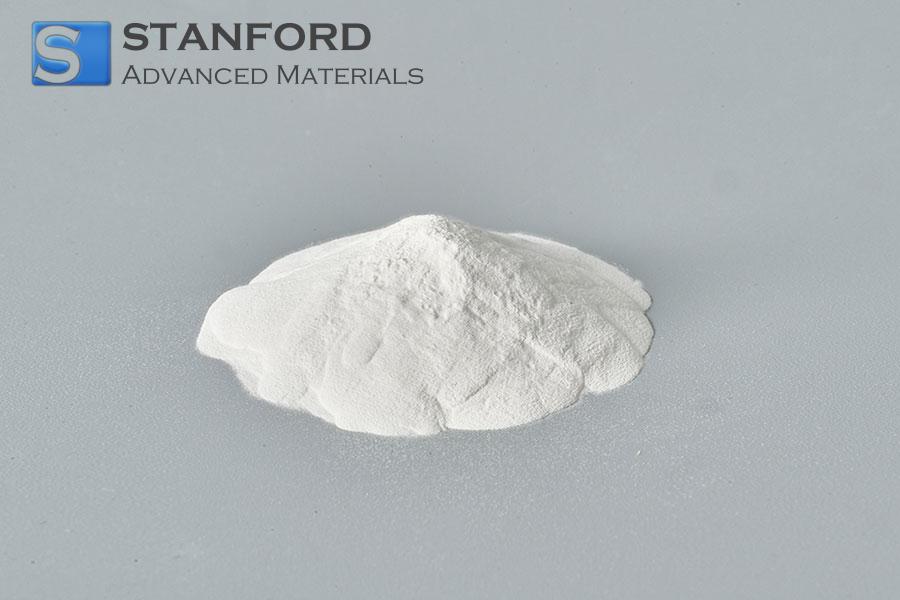
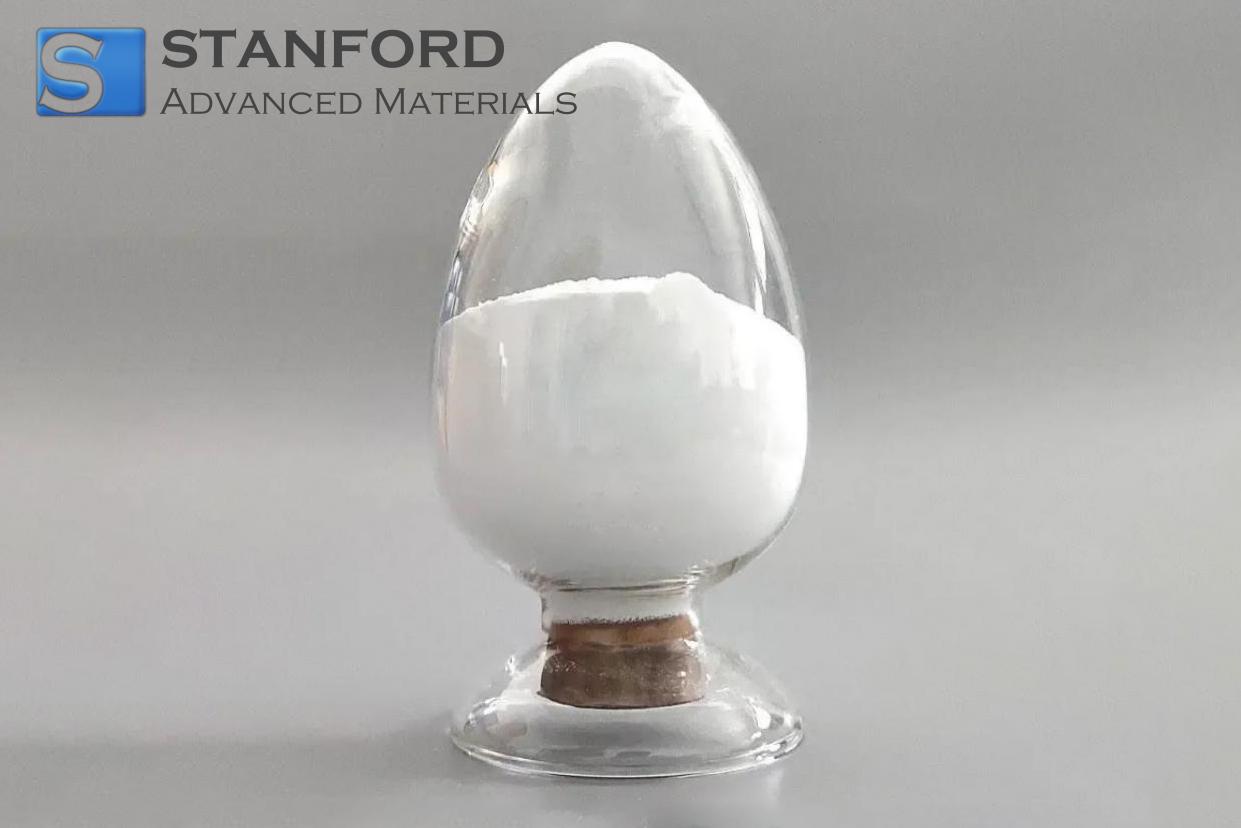
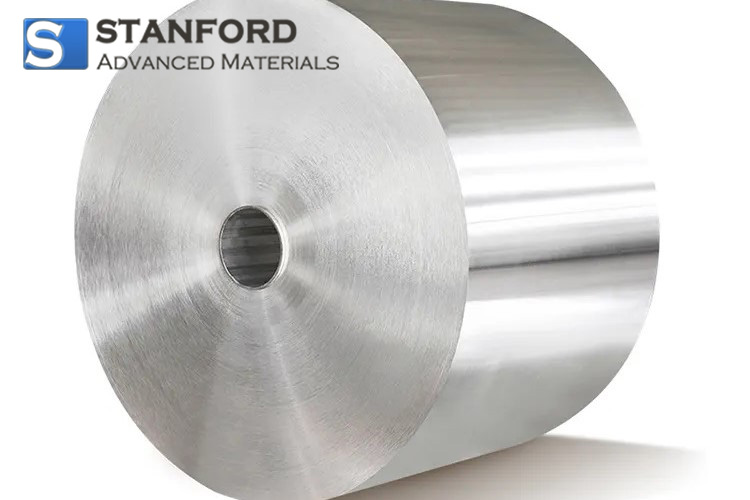
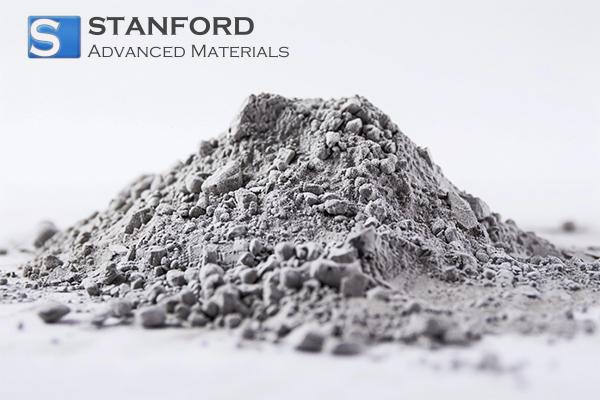
 Chin Trento
Chin Trento



